Do you have a question about the Motorola DROID RAZR M and is the answer not in the manual?
Basic device features, design, and key components.
Step-by-step guide to powering up and charging the device.
Tips and settings to optimize battery usage and extend life.
Accessing apps, widgets, and managing pages.
Changing wallpaper, creating folders, and adding shortcuts.
Acquiring new applications from Google Play Store.
Using touch gestures, keys, and voice commands.
Adjusting ringtones, volumes, and vibration alerts.
Options for users with disabilities like TalkBack.
Basic procedures for handling phone calls.
Creating, editing, and organizing contact information.
Sending, receiving, and managing text and email.
Navigating the internet and managing bookmarks.
Capturing, editing, and playing media files.
Reading e-books and using GPS maps.
Connecting to networks and pairing devices.
Monitoring data consumption and sharing internet.
Moving files via USB and using cloud storage.
Securing device access with patterns, PINs, or face unlock.
Protecting sensitive smartphone data.
Proper battery care, charging, and disposal.
Guidelines for safe mobile use while driving.
Information on radio frequency safety and legal notices.
Device warranty terms and repair assistance.
Basic device features, design, and key components.
Step-by-step guide to powering up and charging the device.
Tips and settings to optimize battery usage and extend life.
Accessing apps, widgets, and managing pages.
Changing wallpaper, creating folders, and adding shortcuts.
Acquiring new applications from Google Play Store.
Using touch gestures, keys, and voice commands.
Adjusting ringtones, volumes, and vibration alerts.
Options for users with disabilities like TalkBack.
Basic procedures for handling phone calls.
Creating, editing, and organizing contact information.
Sending, receiving, and managing text and email.
Navigating the internet and managing bookmarks.
Capturing, editing, and playing media files.
Reading e-books and using GPS maps.
Connecting to networks and pairing devices.
Monitoring data consumption and sharing internet.
Moving files via USB and using cloud storage.
Securing device access with patterns, PINs, or face unlock.
Protecting sensitive smartphone data.
Proper battery care, charging, and disposal.
Guidelines for safe mobile use while driving.
Information on radio frequency safety and legal notices.
Device warranty terms and repair assistance.
| Announced | 2012, September |
|---|---|
| Status | Available. Released 2012, September |
| Dimensions | 122.5 x 60.9 x 8.3 mm (4.82 x 2.40 x 0.33 in) |
| Weight | 126 g (4.44 oz) |
| SIM | Micro-SIM |
| Display Resolution | 540 x 960 pixels (~256 ppi pixel density) |
| Multitouch | Yes |
| Protection | Corning Gorilla Glass |
| Chipset | Qualcomm MSM8960 Snapdragon S4 |
| CPU | Dual-core 1.5 GHz Krait |
| GPU | Adreno 225 |
| Memory Card Slot | No |
| Internal Memory | 8 GB |
| RAM | 1 GB |
| Video | 1080p@30fps |
| Alert Types | Vibration; MP3, WAV ringtones |
| Loudspeaker | Yes |
| 3.5mm Jack | Yes |
| GPS | Yes, with A-GPS |
| NFC | Yes |
| Radio | No |
| USB | microUSB 2.0 |
| Sensors | Accelerometer, gyro, proximity, compass |
| Messaging | SMS (threaded view), MMS, Email, Push Email, IM |
| Browser | HTML5 |
| Java | No |
| Colors | Black, White |
| Network Technology | LTE |
| Display Type | Super AMOLED |
| Display Size | 4.3 inches |
| OS | Android 4.0 (Ice Cream Sandwich), upgradable to 4.4.2 (KitKat) |
| Primary Camera | 8 MP |
| Features | Geo-tagging, touch focus, face detection |
| Secondary Camera | VGA |
| WLAN | Wi-Fi 802.11 a/b/g/n, dual-band, hotspot |
| Bluetooth | 4.0, A2DP |
| Battery | 2000 mAh |
| Talk Time | Up to 20 h (2G) / Up to 12 h 30 min (3G) |
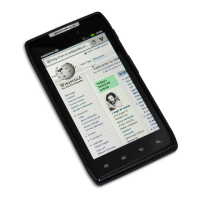
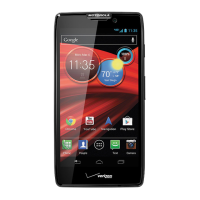
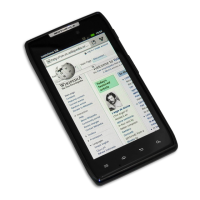



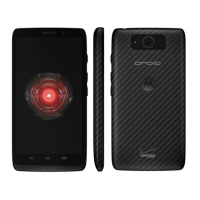
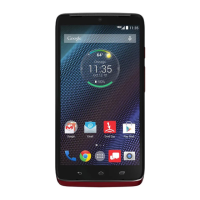
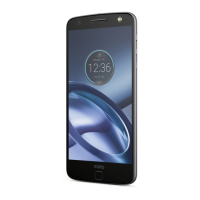
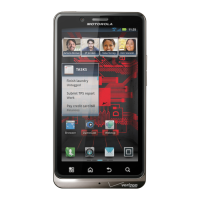
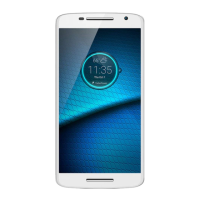

